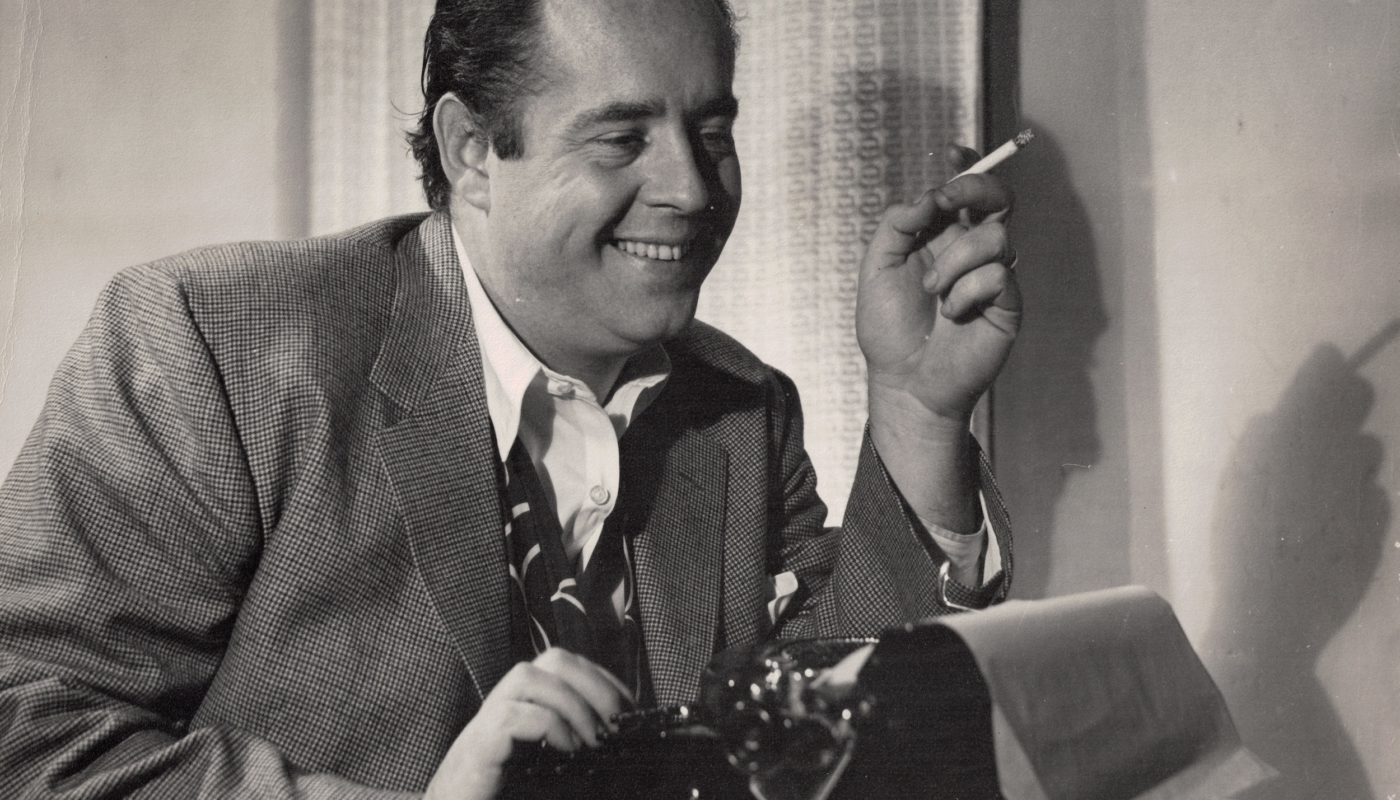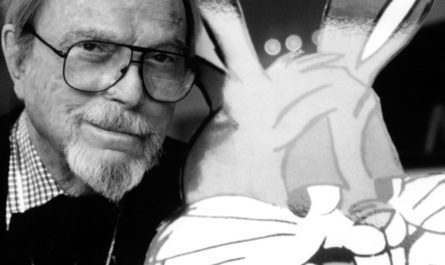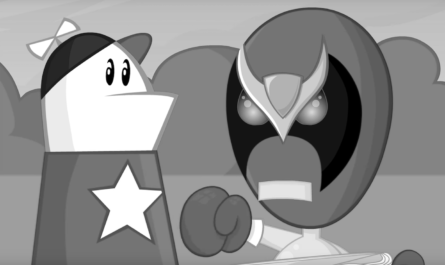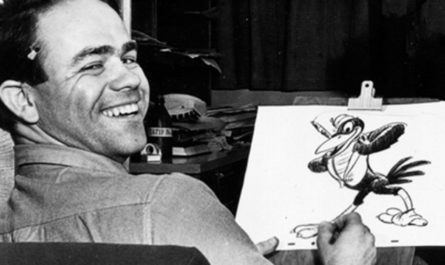LOONEY TUNES “NASTY QUACKS”: Released December 1, 1945
I was in my early twenties and had been invited to a dinner party. The hostess had decided that after dinner we would watch award-winning short films and discuss them. My job was to bring the videos to watch. A video store down the street had an entire section devoted to short films, and I picked up a few critically-acclaimed (or so the box said) collections. I also picked up a collection of Looney Tunes cartoons. Dinner was a fancy affair with gourmet food prepared too intricately and wines more expensive than most of us deserved. And at the end of the meal, we gathered to watch the short films, and – not surprisingly – the Looney Tunes collection won a near-unanimous vote as the first video. The hostess was mortified but gracious, and we sat and watched an hour of 1940s era cartoons as we ate creme brulee and drank port wine. The actual short films were dour and excessively dramatic, particularly by comparison, and we barely made it through half of one collection before we turned the VCR off and turned the music on and talked. I suppose I should have been embarrassed to have failed so miserably at my only task for the evening. But I wasn’t. Some of it may have been my own drunkenness. Some of it may have been the fun everyone else was having. The truth is, I was left reeling by the funniest Daffy Duck performance I had ever seen, from 1945’s Nasty Quacks.
Nasty Quacks had been directed by Frank Tashlin, one of Warner Brothers’ least-prominent Looney Tunes directors. Despite directing animated shorts for Warner Brothers for 14 years, Tashlin’s tenure is considered – by comparison – fairly brief. And despite a career with many flashes of innovation and integrity and a striking command of comedy, Tashlin never seemed to leave much of an imprint on the creative world. Before his death in 1972, critic Andrew Sarris described him by saying “Tashlin has become sympathetically obsolete without ever becoming fashionable”. Even today, Tashlin is the only long-time Warner Bros. animation director to not have his picture with his entries on the Looney Tunes wiki or in IMDB. Tashlin has become Warner animation’s “lost boy”, which baffled me back at that dinner party because this cartoon I had never seen (despite a lifetime of deep immersion into Looney Tunes cartoons) was easily one of the funniest Daffy Duck performances ever.
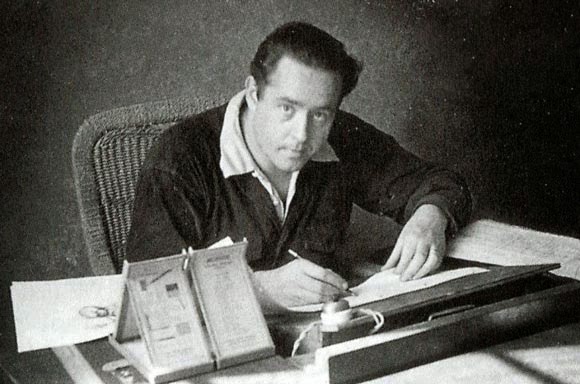
In the cartoon, a doting father buys his beloved daughter a pet duckling. And the little girl loves the duckling, even as it grows into Daffy Duck. At the time the film was made, Daffy Duck had been around for eight years and was slowly undergoing the metamorphosis from his early “totally insane” character into the later-model Daffy, who was impatient and short-tempered and regularly being driven insane. In Nasty Quacks, Daffy is a boor. He eats all the food at the breakfast table, he talks too loudly, he tells inappropriate stories, he laughs hysterically at his own jokes, and he rarely seems to notice that nobody else is enjoying themselves. The father, ed up with the boorish duck and his annoying behavior, plots to murder Daffy, and nearly succeeds on a number of occasions, only to be thwarted by the daughter. In a last-ditch effort, he buys the daughter a new baby duckling whom she instantly favors over Daffy. Daffy, incensed, plots to kill the new duckling, but can’t bring himself to kill a child. So he gives the duckling Miracle-Grow, and the duckling instantly matures into a curvy female. The cartoon ends with the doting father finding Daffy holding court at the breakfast table as his new bride and their equally-boorish ducklings run wild throughout the room.
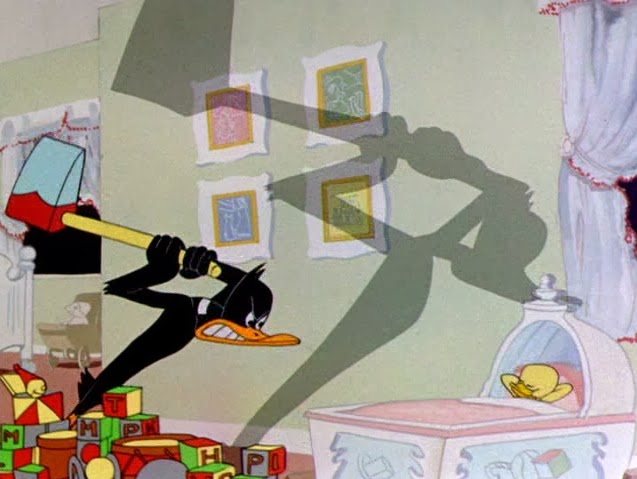
Though he was only the director (and not the writer), the theme of Nasty Quacks would be a theme Tashlin would deal with for the rest of his life. Tashlin’s creative life was a series of nobly-intentioned acts of faith designed to improve things for everyone, which would eventually come back to bite him on the ass – repeatedly. He had left the Walt Disney Company to head up Columbia’s Screen Gems division where he surrounded himself with young artists who wanted to usher in the “cartoon modern” era, where cartoons looked more and more realistic. Despite creating a talented team and a powerful morale, things never took off and Tashlin ended up directing Daffy Duck films. As he directed cartoons, he wrote satirical social commentary graphic novels, disguised as kid’s books. Despite being brilliant works of art and storytelling, people waited for his next cartoon. He would later allow his friend and colleague Chuck Jones to direct an animated version of one of those books, The Bear That Wasn’t, and Jones would miss Tashlin’s intent far enough that the two would never speak again. Ever curious, Tashlin pushed the boundaries of trick photography and accomplished in the early 1950s things that Hollywood would spend decades working to perfect with computers. But the tricks were sight gags for Bob Hope films, so nobody took them seriously. After his death, another critic described Tashlin as “a man who directed cartoons like they were live-action films, and live-action films like they were cartoons”. Tashlin was a visionary and a seeker, but he was also a fan of lowbrow comedy and sight gags. And by the end of his life, many of the beautiful ducklings he introduced to make everyone happy turned into aggressive boors that overshadowed him or ignored him completely.
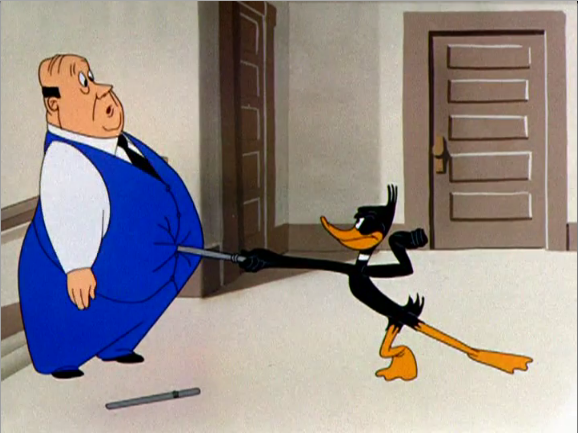
In the interest of full disclosure, I must admit that the hostess of the dinner party I attended was my girlfriend, at the time. And this event – and others similar to it – would serve as evidence when she would eventually leave me for a “more stable” man. There is a breed of human like Frank Tashlin who appear from the outside to be plagued with bad luck or poor timing; my ex-girlfriend, I believe, viewed me as one of those people. I’m fairly certain I believed I was one of that breed, as well. But bad luck can’t account for the consistent “hit and miss” nature of that kind of a life. The father in Nasty Quacks hadn’t done anything but try to give his beloved daughter a unique pet. Frank Tashlin spent a career tinkering with formulas other people might never consider tinkering with. I felt that silly cartoon s might liven up a formal party. These aren’t actions which, taken at face value, portend destruction. And yet, in each case, they spun away from their original intent. It’s an “out-of-step” existence that can’t seem to match up to the cadence and the direction that everyone else seems to walk. In Frank Tashlin’s situation, it seems to have followed him to the grave and into history.
And so tonight I sit and I think. And I get lost in a stream of Tashlin short films and essays and comic strips. And I recognize how few others are probably doing the same thing. And I wonder why it’s so hard to hear when I’m out of step. Why I never even noticed the night of the dinner party that I had made a mistake that would eventually contribute to the end of a relationship. And I realize that part of what keeps me from hearing my boots marching in different time from the rest of the world is because I can’t hear it over the sounds of other people’s laughter.

